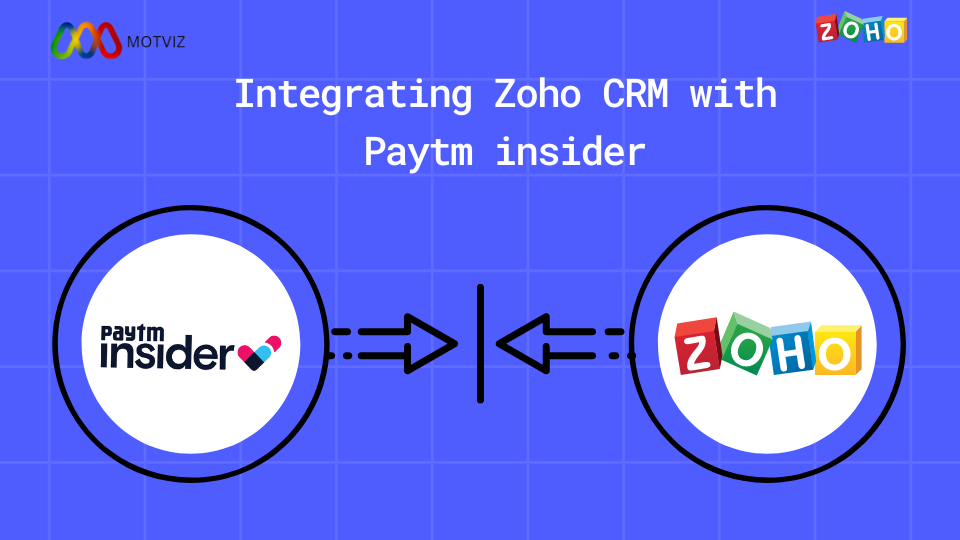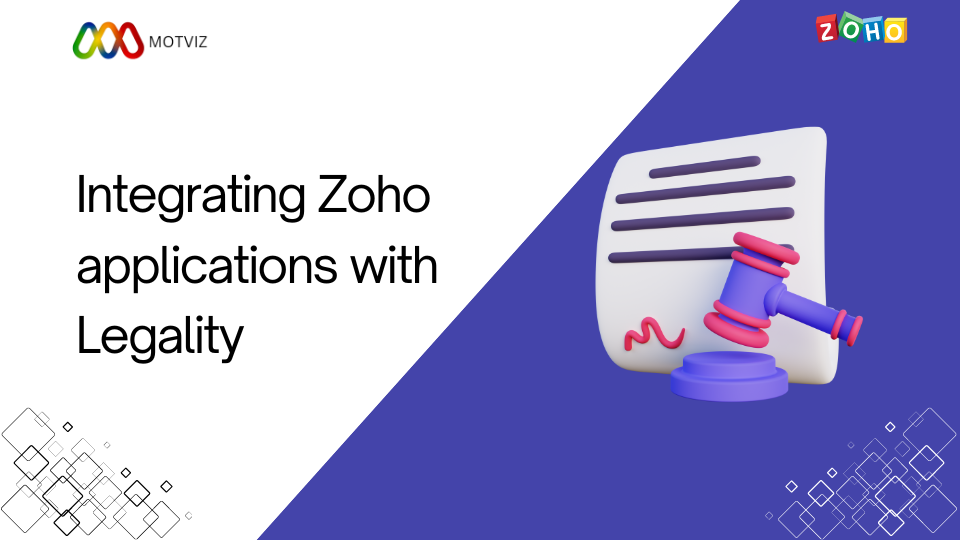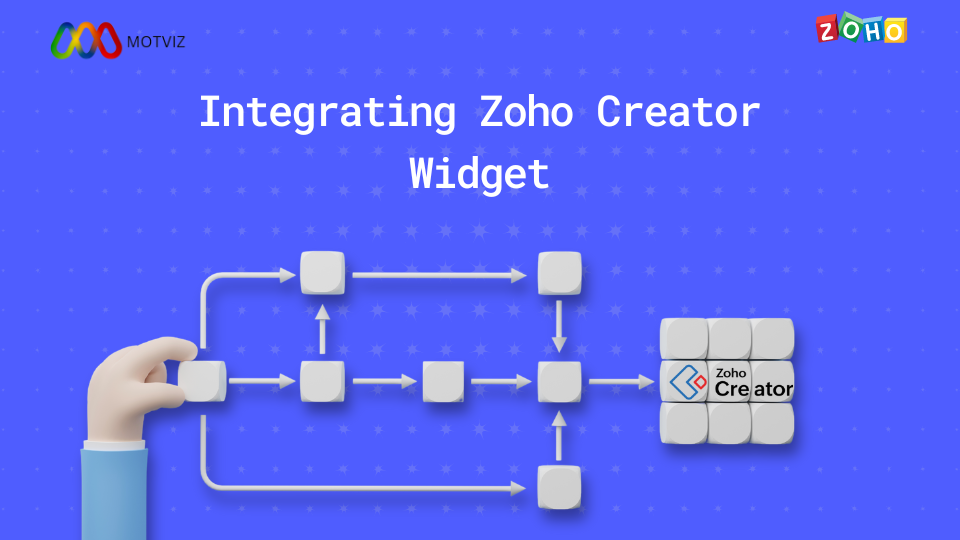
Integrating Zoho CRM with Paytm Insider
Integrating Zoho CRM with Paytm Insider offers many benefits, revolutionizing sales and marketing processes, enhancing customer management, and automating tasks for heightened efficiency. Below is an expanded guide by Zoho CRM consultants on how to seamlessly integrate these two platforms, providing a comprehensive overview of each step involved:
Zoho CRM with Paytm Insider
1. Identify Integration Goals:
The initial step is to precisely define the integration goals, determining the specific data or functionality you aim to synchronize between Zoho CRM and Paytm Insider. This may encompass customer information, event details, ticket purchases, and more. By clearly outlining your objectives, you can tailor the integration to meet your organization’s unique requirements effectively.
2. Explore Integration Options:
Delve into the available integration options offered by both Zoho CRM and Paytm Insider. Zoho CRM may provide built-in features or extensions designed to facilitate integration with other platforms. Alternatively, you might need to explore third-party integration tools such as Zapier or opt for custom development solutions tailored to your organization’s needs. Evaluate each option meticulously to determine the most suitable approach for seamless integration.
3. Authenticate Accounts:
Upon selecting an integration method, it is imperative to authenticate access to your Zoho CRM with Paytm Insider accounts. Follow the prescribed instructions provided by the chosen integration tool or platform to securely establish a connection between the two services. Authentication is essential to ensure data security and integrity throughout the integration process.
4. Map Data Fields:
Determine the data flow between Zoho CRM and Paytm Insider by mapping fields from one platform to their corresponding counterparts in the other. This meticulous mapping process ensures accurate data transfer and synchronization between the two systems. Key data fields to consider include customer names, email addresses, event details, and any other pertinent information relevant to your organization’s operations.
5. Set up Triggers and Actions:
Configure triggers and actions within the integrated system based on specific events or conditions. For example, you may opt to create a new lead in Zoho CRM whenever a new customer registers for an event on Paytm Insider. Define rules governing when these triggers should activate and specify the corresponding actions to be executed. Customizing triggers and actions allows for seamless automation of workflows, streamlining operational processes and enhancing overall efficiency.
6. Test Integration:
Before deploying the integration in a live environment, conduct comprehensive testing to ensure optimal functionality and performance. Thoroughly examine data consistency, automation workflows, and any potential errors or conflicts that may arise during integration. Rigorous testing is crucial to identify and address any issues proactively, ensuring a smooth and seamless integration experience for end users.
7. Monitor and Optimize:
Once the Zoho CRM integration is live, monitor its performance regularly to identify areas for optimization and improvement. Keep a vigilant eye on data synchronization, system updates, and any changes in API endpoints that may impact integration functionality. Continuously optimize the integration as needed to enhance efficiency, accuracy, and overall system performance over time.
8. Train Users:
Provide comprehensive Zoho CRM training to relevant team members on utilizing the integrated system effectively. Ensure they understand how data flows between Zoho CRM and Paytm Insider and equip them with the necessary skills to troubleshoot common issues that may arise. Empowering users with the knowledge and proficiency to navigate the integrated system effectively is essential for maximizing its benefits and driving organizational success.
By following these detailed steps, Zoho CRM Consultants can successfully integrate Zoho CRM with Paytm Insider, unlocking a host of opportunities for streamlined sales and marketing processes, enhanced customer management, and improved operational efficiency within your organization.





